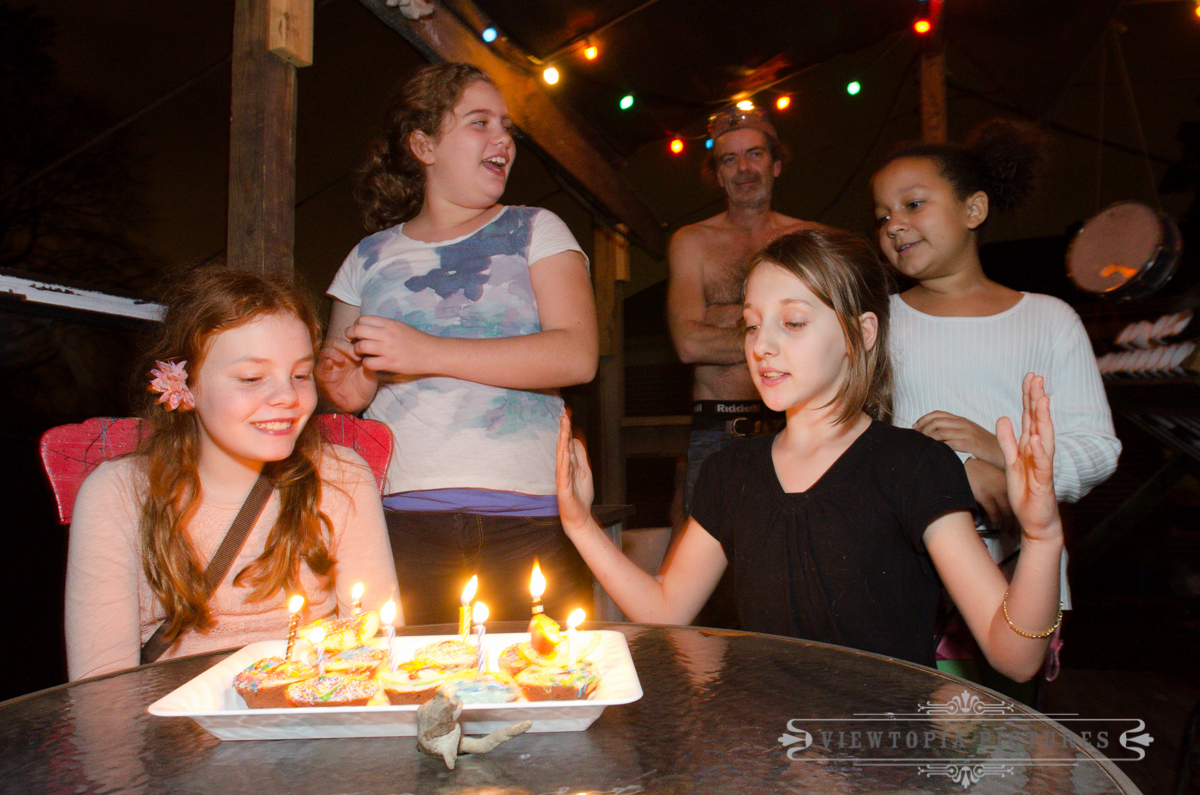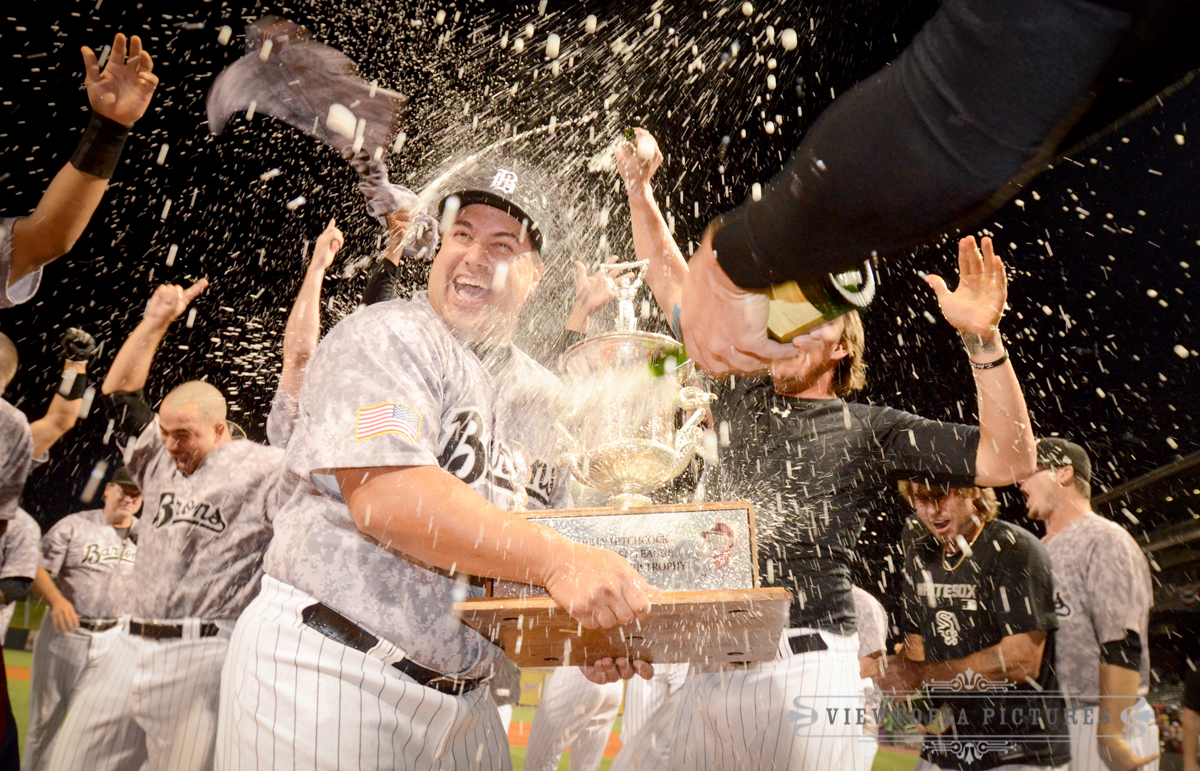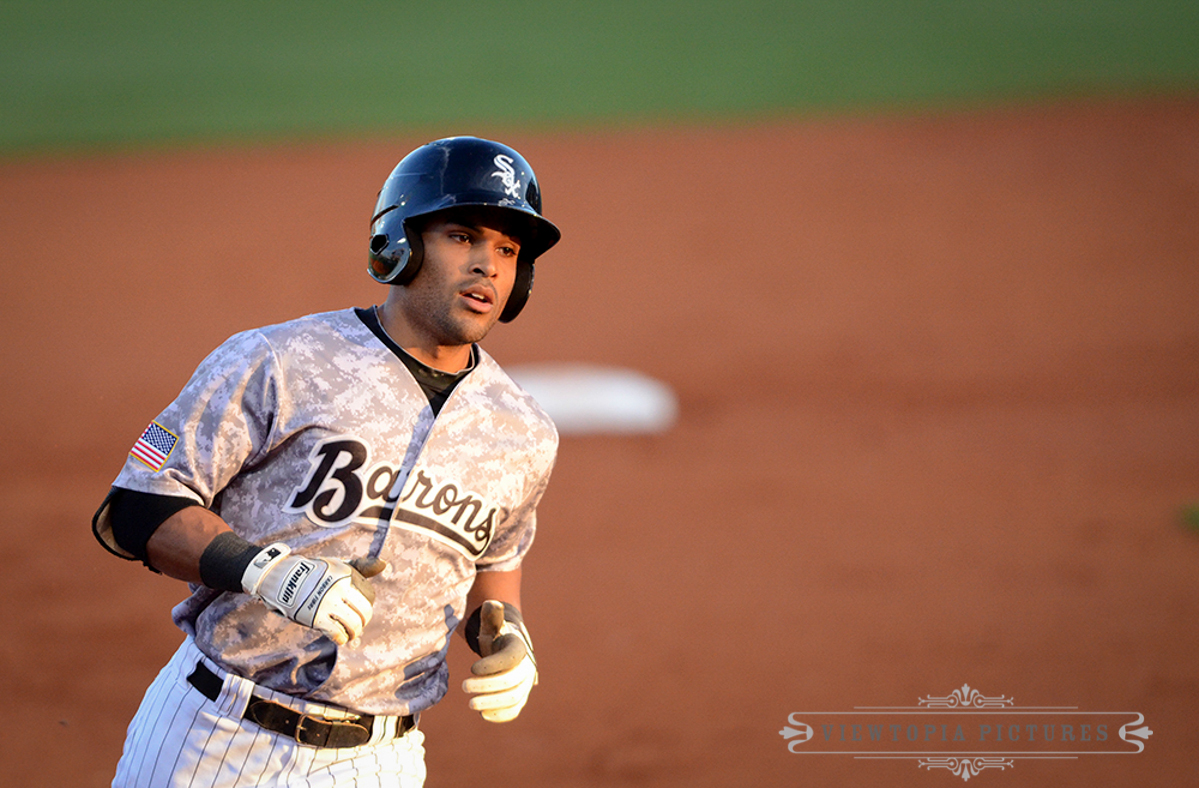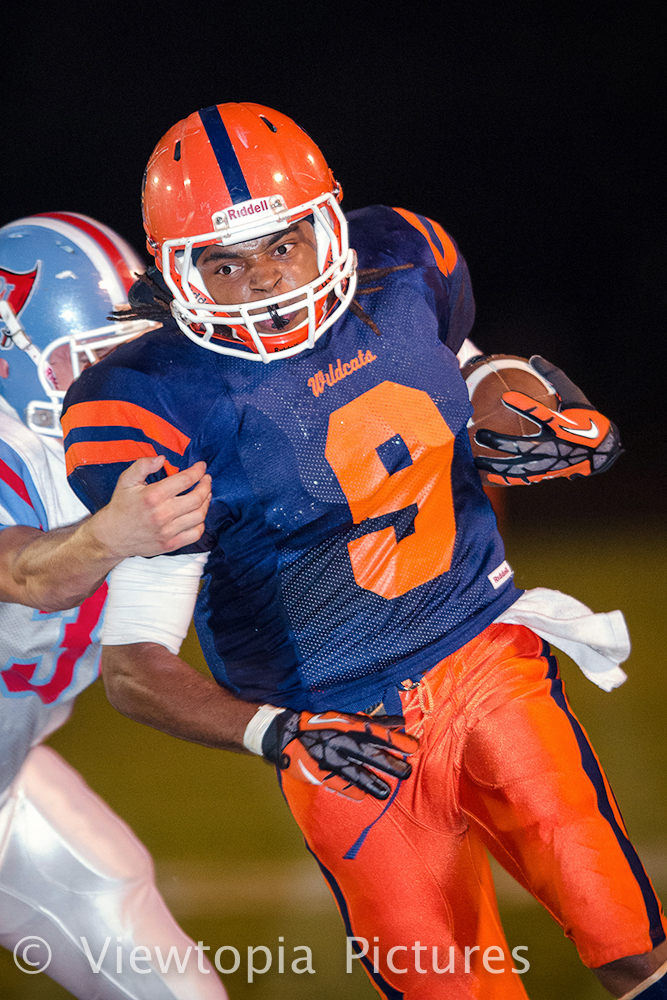 Shooting events at night can be pretty challenging, and frequently I see students shy away from using flash to properly illuminate their subjects. Sometimes, the effect can be fun, such as when you get a graphically interesting silhouette. More frequently, shooting with high ISOs, slow shutter speeds and no flash can result in pretty low technical quality and disappointing imagery.
Shooting events at night can be pretty challenging, and frequently I see students shy away from using flash to properly illuminate their subjects. Sometimes, the effect can be fun, such as when you get a graphically interesting silhouette. More frequently, shooting with high ISOs, slow shutter speeds and no flash can result in pretty low technical quality and disappointing imagery.
Next time you are faced with shooting a night event and you want to capture people shots, do NOT leave your flash at home or try to rely on your pop up flash!
Try something similar to what I did here at my daughter’s birthday party. First, get your camera settings straight to properly expose for ambient light (in this shot, that means the candles and the string of lights in the background.) In this case, it means I set my camera at ISO 2000, f5.6 and 1/15 second. But wait, isn’t 1/15 pretty slow for a handheld camera? Won’t you get motion blur or camera shake? Well, perhaps a little bit, but since I am using my external flash as the main light source here, that won’t likely be a problem because the speedlight will “freeze” the action. As many of you know, I am a huge proponent of bouncing flash in order to soften its effects and create a more flattering, professional looking light. But you may also have noticed that there is nothing from which to bounce the flash off of here. Enter the Gary Fong Lightsphere.
With this little gadget, which kind of looks like a Chinese soup takeout cup, I place it on top of my flash head (which is pointing straight up, BTW, and then I fire away. It softens and diffuses the light, still rendering a nice professional look. So break out your flash! You’ll likely be pleased with the results of your next night “people” shoot!








